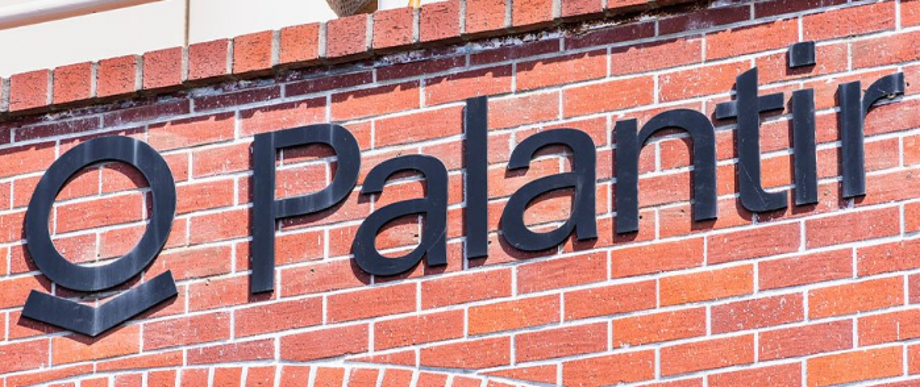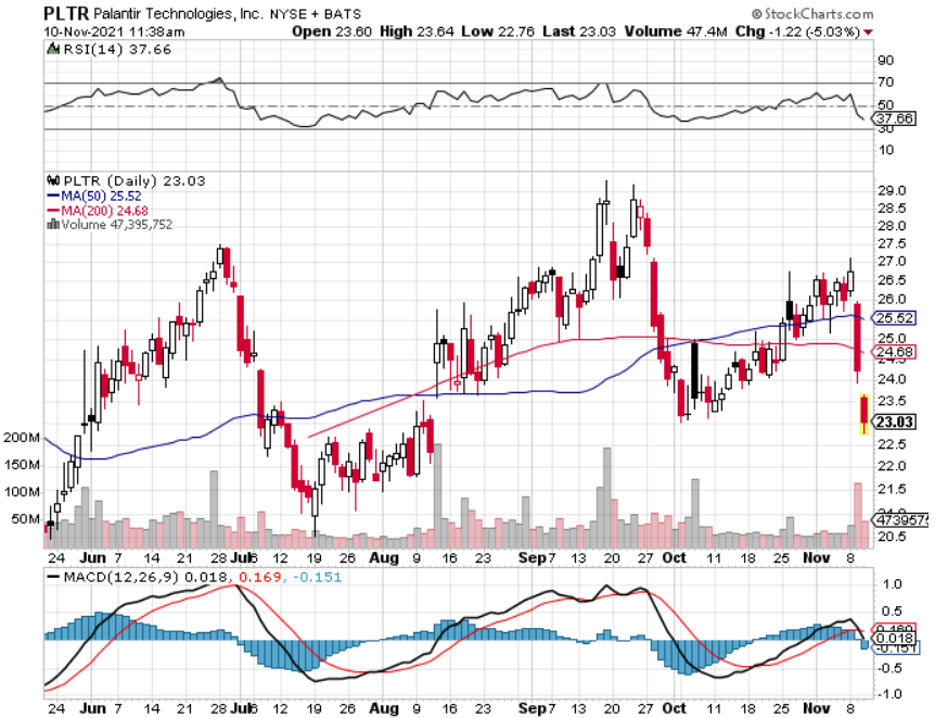Investors shouldn’t stress too much about the drop in Palantir stock.
It’s still a great company that is on pace to do what it promised — achieve annual revenue growth of 30% or more through 2025.
In fact, they will easily surpass those projections, and any of these mini pullbacks that we are seeing now is just a matter of not fulfilling sky-high expectations and coming in a tad below that.
I can accept that and so should you.
Why is this data analytics company so great?
It is the connective tissue that connects analytics to operational systems which leads to winner business decisions.
Such architecture offers enterprises with action APIs that allow first model and simulate, and second, orchestrate and execute complex cross-functional transactions.
As the health crisis limited visibility and indicators, many started to trust the power of Palantir’s platforms and installed the technical infrastructure, to translate that into coordinated, orchestrated actions in the operations of their business.
Credit should go to Palantir’s developers who created a secret sauce to supercharge earlier-stage companies, enabling them to deliver a central operating system for their data and to scale rapidly from day zero.
These companies, they're not just managing their data and their operations, they are wielding them to blitz, scale, and conquer at a devastating rate.
Palantir’s clients originate from a diverse set of industries and continue to partner with innovative companies across industries such as automotive, biotech, healthcare, media, and the government.
Now, they are generating major product innovation that extends the openness and flexibility of their infrastructure for developers calling it Operational APIs or OPIs for short.
This liberates the ontology to serve as a nervous system, the cardiovascular system of the enterprise as a unified action and orchestration layer.
This manifests itself in a way that inventory can be allocated, production can be scheduled, orders can be fulfilled. To accomplish these deceptively simple actions requires communication with potentially tens of source systems transactionally.
Palantir allows you to orchestrate complex cross-system decisions to win and turn market disruption into competitive glory.
For example, a large industry company is unlocking value by integrating Microsoft Power apps with the Palantir Foundry platform. This powers workflows and writing data back to external operational and transactional systems
State defense contracts have been hyper-lucrative to PLTR.
PLTR has demonstrated its usefulness in the production of the A320 of RAM pickup trucks, auto parts, PPE, and tractors. PLTR can leverage its technology so customers can do it better, faster, and cheaper.
It’s a win-win for everyone.
And the defense industrial base is seeing that it can have the same impact on the production of fighter jets, naval ships, and land vehicles.
Lastly, their dealing in healthcare is shooting through the roof with cornerstone partnerships with the NHS, MD Anderson Cancer Center, 70 academic medical centers through the NIH's N3C, the Department of Veteran Affairs, and even more regional US providers means that PLTR is helping to manage over 300 million patient lives and growing.
Complex clinical care continues to be the recipient of cutting-edge products and continued innovation.
It’s not surprising that PLTR’s US commercial revenue growth accelerated once again to 103% year over year and this flavor of business offers the longest runway for PLTR to grow.
They more than doubled their commercial customer count.
Palantir management guided us to 34% growth in government revenue during the third quarter, while this segment was up 66% in the second quarter, but I believe this is highly misunderstood.
Just the nature of working with the government, the bureaucracy, and the single entity nature of it, deals aren’t going to be flying in left and right.
There is a processional nature to working with the US government because its such a monolith.
The more salient story here is the in-roads of the commercial business which will turn into its core identity.
The commercial business will be the x-factor driving PLTR into surpassing its revenue promises, and investors will acknowledge that as commercial revenue begins to overpower the defense contracts.
Revenue for the full year is expected to be about $1.53 billion or 40% year-over-year growth which conspicuously gets over any bar that tech growth companies are expected to jump over.





